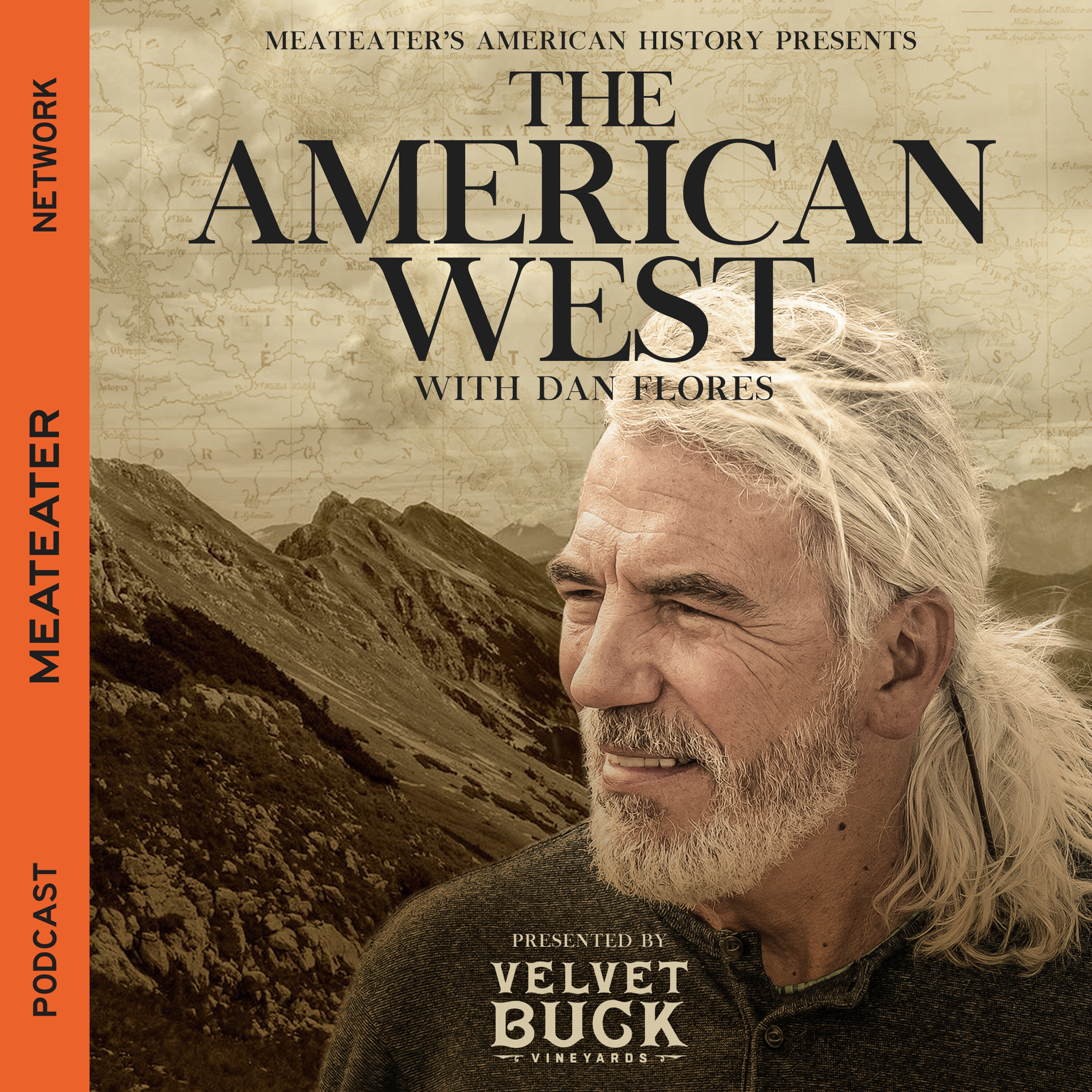
For 10,000 years, from the end of the Pleistocene to the coming of Old Worlders to America, a diverse population of Native people lived in North America while somehow managing to preserve almost all its biological riches. In contrast to the period when the prior Paleolithic hunters dominated America and the West, this 10,000 year phase of American history featured only one human-caused extinction that science has so far discovered. Was this some strange accident of continental history? Or were their concrete reasons for why, and how, Native America achieved this kind of environmental success? Thank you to our sponsor Velvet Buck. Subscribe now wherever you listen to podcasts. YouTube, Spotify, Apple, iHeart, Pandora, Amazon. MeatEater on Instagram, Facebook, Twitter, Youtube, and Youtube Clips Check out more MeatEater's American History audio originals "The Long Hunters" and "Mountain Men" Subscribe to The MeatEater Podcast Network on YouTube Shop MeatEater MerchSee omnystudio.com/listener for privacy information.
No persons identified in this episode.
No transcription available yet
Help us prioritize this episode for transcription by upvoting it.
Popular episodes get transcribed faster